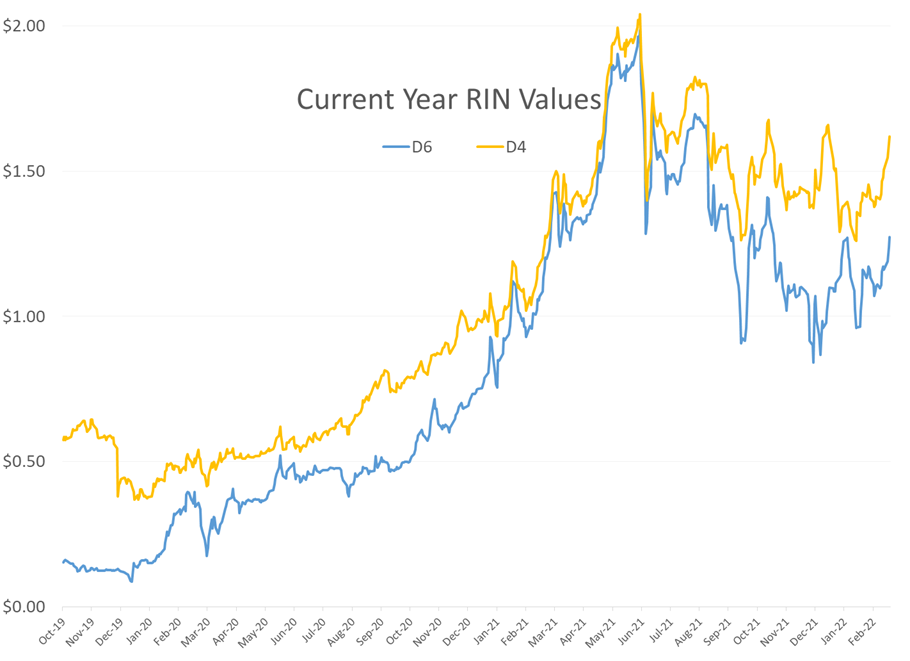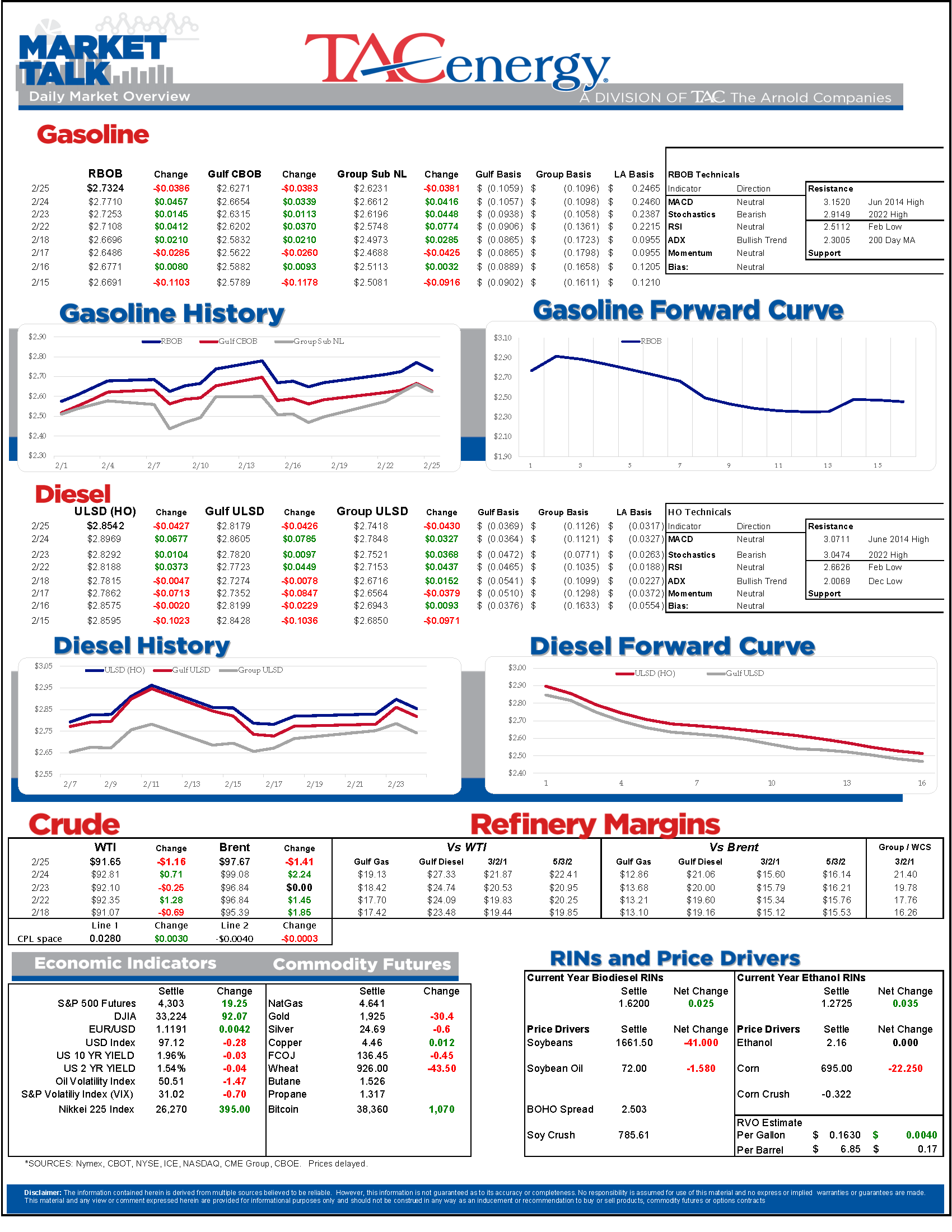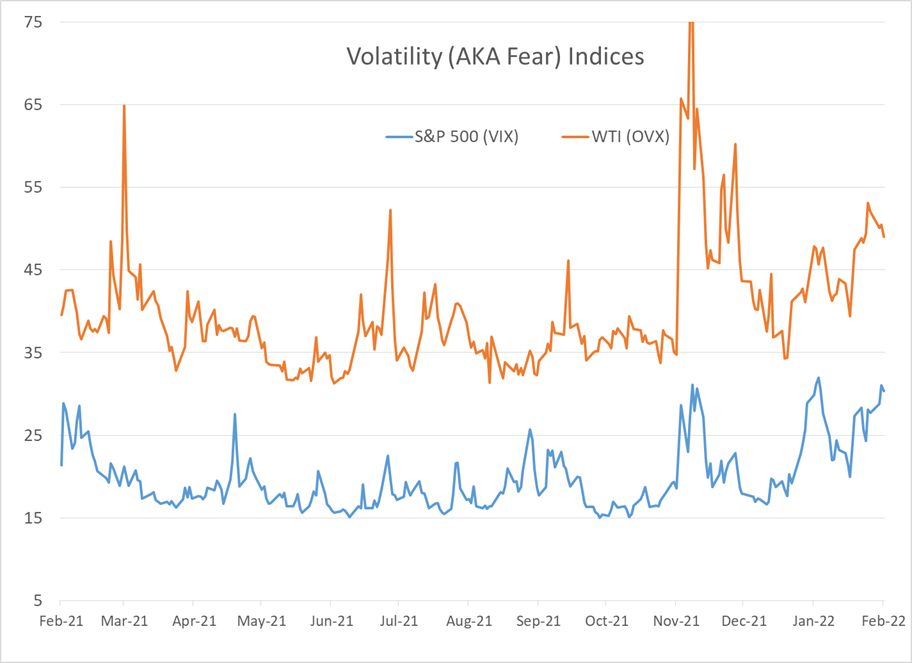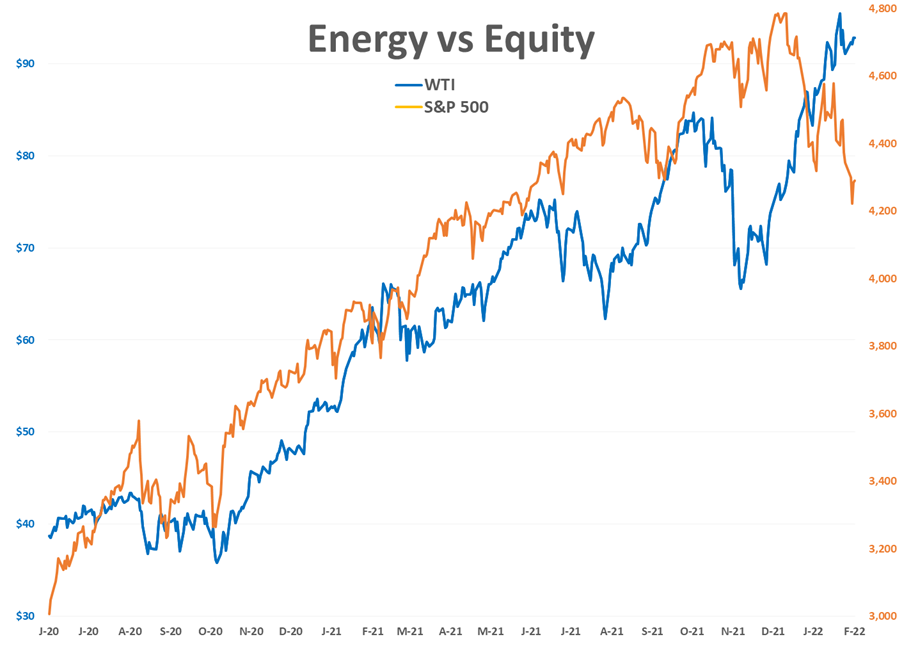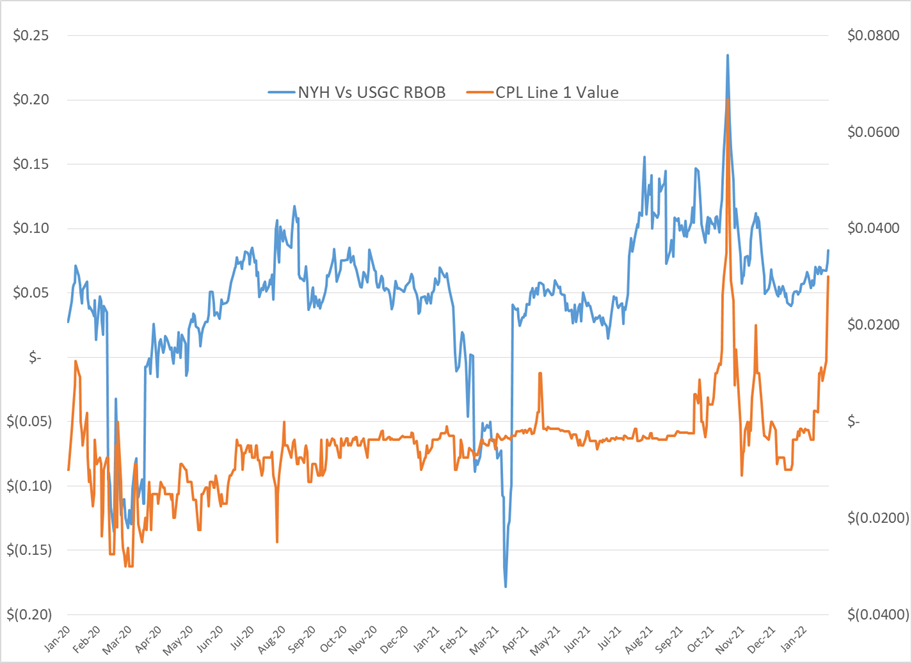Markets Around The World Are Transitioning From Full Panic To Major Discomfort As The Russian War On Ukraine Continues

Markets around the world are transitioning from full panic to major discomfort as the Russian war on Ukraine continues, but the fallout has been isolated so far. This time yesterday brought with it breathless comparisons to other notorious market shocks, as Europe was not only facing its most severe military conflict since WW2, but it came with an only-slightly-veiled threat of nuclear war should other countries try to intervene.
Equity markets staged a huge recovery Thursday afternoon, and energy prices pulled back sharply, as traders digested the new reality that most have only read about in history books online, with several factors seeming to play into the calming down we witnessed throughout the day.The US President had promised sanctions would be “swift and severe” if Russia invaded Ukraine. Thursday he announced a variety of moves that may be seen as severe, but avoided cutting Russia off from the SWIFT payment system, which is seen as a way to keep a penalty in reserve if needed, allow European banks to continue receiving loan payments from Russian firms, and probably most importantly, allow for Russian energy exports to continue.
Expectations that the FED would take it easier on interest rate hikes to try and offset some of the economic impact of the war & sanctions also seemed to encourage stock markets. The CME’s FedWatch tool shows that 2 days ago, there was a 33% probability of a 50 point rate hike at the March FOMC meeting, but that likelihood dropped to 21% yesterday.
While the panic has subsided, we’re a long way away from a calm market. After refined product prices pulled back 15-18 cents from the overnight highs Thursday afternoon, energy buyers did step back in pushing prices 5-6 cents higher last night, only to see a drop to 2-3 cent losses earlier this morning. That type of volatility is to be expected as long as the fighting and constantly changing stance on sanctions continues.
Physical product trading in the US had a fairly muted reaction, with most regional cash markets seeing only small basis moves on low liquidity, which is common when the futures market goes wild. RIN values did move higher on the day as the risk of trickle down effects from Black Sea supply disruptions to grain markets took hold, but like the rest of the energy contracts those prices pulled back sharply from the initial round of panic buying.
The lack of reaction in USGC products was particularly noteworthy given the ongoing shutdown of the products pipeline FKA Plantation as the company investigates a leak in Georgia. Values for shipping space on Colonial had already jumped last week as the annual RVP transition opened up the Gulf-East Coast arbitrage window, and those values held steady Thursday, suggesting the big physical traders aren’t yet too concerned that the pipeline will be down for long. There are already reports that some retail stations in the US are seeing long lines as consumers fill their various forms of fuel tanks due to the Russian invasion, and if the Plantation line stays down for another couple of days, that phenomenon could get much worse.
Some notes from the DOE report Thursday (that no one seemed to pay attention to for more than a minute or two):
US diesel inventories declined for a 6th consecutive week, and are holding 30 million barrels (nearly 1.3 billion gallons) below their average for this time of year. Demand both domestically and abroad remains strong, which helps explain why the coasts (PADDs 1, 3 and 5) are all tight, while the landlocked locations (PADDs 2 & 4) are relatively well supplied. There’s a similar but less severe phenomenon with US Gasoline inventories which are slightly below average in total, with coastal markets seeing tighter supplies than normal. Another theme is that while supplies are well below year-ago levels this week, that’s about to change for many markets as refiners continue to operate relatively well through a parade of winter storms, and while there have been a handful of upsets, there is nothing even remotely resembling the disruption we were facing a year ago.
News & Views
View All
The Recovery Rally In Energy Markets Continues For A 3rd Day
The recovery rally in energy markets continues for a 3rd day with refined product futures both up more than a dime off of the multi-month lows we saw Wednesday morning. The DJIA broke 40,000 for the first time ever Thursday, and while it pulled back yesterday, US equity futures are suggesting the market will open north of that mark this morning, adding to the sends of optimism in the market.
Despite the bounce in the back half of the week, the weekly charts for both RBOB and ULSD are still painting a bearish outlook with a lower high and lower low set this week unless the early rally this morning can pick up steam in the afternoon. It does seem like the cycle of liquidation from hedge funds has ended however, so it would appear to be less likely that we’ll see another test of technical support near term after this bounce.
Ukraine hit another Russian refinery with a drone strike overnight, sparking a fire at Rosneft’s 240mb/day Tuapse facility on the black sea. That plant was one of the first to be struck by Ukrainian drones back in January and had just completed repairs from that strike in April. The attack was just one part of the largest drone attack to date on Russian energy infrastructure overnight, with more than 100 drones targeting power plants, fuel terminals and two different ports on the Black Sea. I guess that means Ukraine continues to politely ignore the White House request to stop blowing up energy infrastructure in Russia.
Elsewhere in the world where lots of things are being blown up: Several reports of a drone attack in Israel’s largest refining complex (just under 200kbd) made the rounds Thursday, although it remains unclear how much of that is propaganda by the attackers and if any impact was made on production.
The LA market had 2 different refinery upsets Thursday. Marathon reported an upset at the Carson section of its Los Angeles refinery in the morning (the Carson facility was combined with the Wilmington refinery in 2019 and now reports as a single unit to the state, but separately to the AQMD) and Chevron noted a “planned” flaring event Thursday afternoon. Diesel basis values in the region jumped 6 cents during the day. Chicago diesel basis also staged a recovery rally after differentials dropped past a 30 cent discount to futures earlier in the week, pushing wholesale values briefly below $2.10/gallon.
So far there haven’t been any reports of refinery disruptions from the severe weather than swept across the Houston area Thursday. Valero did report a weather-related upset at its Mckee refinery in the TX panhandle, although it appears they avoided having to take any units offline due to that event.
The Panama Canal Authority announced it was increasing its daily ship transit level to 31 from 24 as water levels in the region have recovered following more than a year of restrictions. That’s still lower than the 39 ships/day rate at the peak in 2021, but far better than the low of 18 ships per day that choked transit last year.
Click here to download a PDF of today's TACenergy Market Talk.

Energy Prices Found A Temporary Floor After Hitting New Multi-Month Lows Wednesday
Energy prices found a temporary floor after hitting new multi-month lows Wednesday morning as a rally to record highs in US equity markets and a modestly bullish DOE report both seemed to encourage buyers to step back into the ring.
RBOB and ULSD futures both bounced more than 6 cents off of their morning lows, following a CPI report that eased inflation fears and boosted hopes for the stock market’s obsession of the FED cutting interest rates. Even though the correlation between energy prices and equities and currencies has been weak lately, the spillover effect on the bidding was clear from the timing of the moves Wednesday.
The DOE’s weekly report seemed to add to the optimism seen in equity markets as healthy increases in the government’s demand estimates kept product inventories from building despite increased refinery runs.
PADD 3 diesel stocks dropped after large increases in each of the past 3 weeks pushed inventories from the low end of their seasonal range to average levels. PADD 2 inventories remain well above average which helps explain the slump in mid-continent basis values over the past week. Diesel demand showed a nice recovery on the week and would actually be above the 5 year average if the 5% or so of US consumption that’s transitioned to RD was included in these figures.
Gasoline inventories are following typical seasonal patterns except on the West Coast where a surge in imports helped inventories recover for a 3rd straight week following April’s big basis rally.
Refiners for the most part are also following the seasonal script, ramping up output as we approach the peak driving demand season which unofficially kicks off in 10 days. PADD 2 refiners didn’t seem to be learning any lessons from last year’s basis collapse and rapidly increased run rates last week, which is another contributor to the weakness in midwestern cash markets. One difference this year for PADD 2 refiners is the new Transmountain pipeline system has eroded some of their buying advantage for Canadian crude grades, although those spreads so far haven’t shrunk as much as some had feared.
Meanwhile, wildfires are threatening Canada’s largest oil sands hub Ft. McMurray Alberta, and more than 6,000 people have been forced to evacuate the area. So far no production disruptions have been reported, but you may recall that fires in this region shut in more than 1 million barrels/day of production in 2016, which helped oil prices recover from their slump below $30/barrel.
California’s Air Resources Board announced it was indefinitely delaying its latest California Carbon Allowance (CCA) auction – in the middle of the auction - due to technical difficulties, with no word yet from the agency when bidders’ security payments will be returned, which is pretty much a nice microcosm for the entire Cap & Trade program those credits enable.

